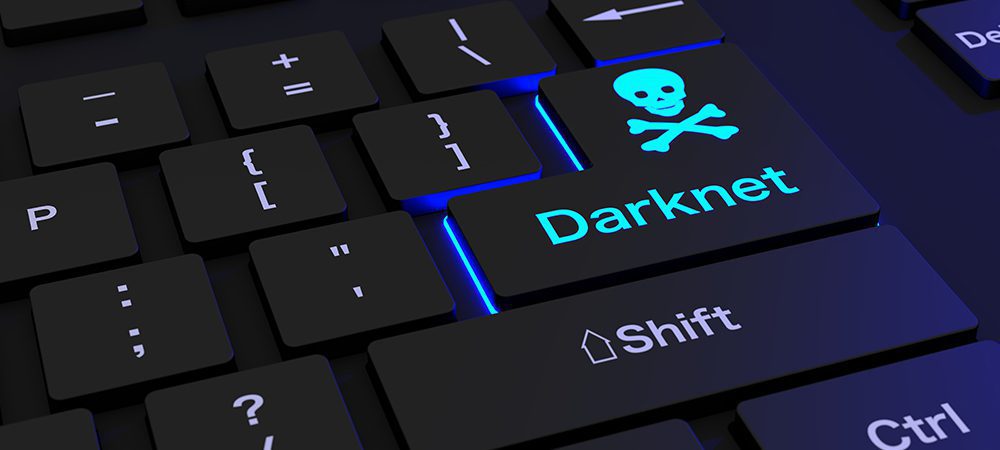
Whether you’re a novice blogger or a seasoned influencer, cybersecurity should always be at the back of your mind. Cybersecurity risks such as phishing, DDOS, malware, and others can cause severe issues for your blog if you don’t pay attention to your website.
According to Forbes, businesses suffered 50% more cyber attacks every week during 2021 compared to past years, with 43% being targeted at small businesses. There are some valid reasons to invest more time into managing your blog’s security moving forward:
- Maintain your website’s credibility
- Protect your data from malicious misuse
- Improve the visitors’ user experience
- Focus on creating content instead of managing intrusions
Let’s take a look at how you can keep your blog online and free of malware and other malicious content or cyber intrusion attempts as a blog writer.
1. Limit the Access to Your CMS
The best precaution you can take to protect your blog from malicious misuse is to limit your admin access to the backend. As a blogger, your best bet is to use WordPress as your CMS due to how many plugins and helpful tools it’s compatible with. By limiting access to your blog, you’ll know exactly who can modify your site at any moment. This will ensure that your cybersecurity measures are off to a good start and that no one can crash your site either on accident or on purpose without you knowing about it.
2. Refresh Your Passwords Regularly
Whether you are a solo blogger or work in a team of blog writers, updating your backend passwords is extremely important. You may use outside devices to log into your CMS and unknowingly have your passwords saved by cookies or the device’s cache. Someone might also go out of their way to brute-force their way into your backend if your password isn’t complex enough. Make the time to update your passwords frequently, even though it might feel like a bother – your site’s cybersecurity is worth that.
3. Always Update your CMS and Plugins
When WordPress or any other CMS informs you that a new version is out – don’t sleep on it. Plugin and CMS developers go out of their way to stay ahead of malware and other malicious content on the web with their updates. Update all of your plugins, themes, and the CMS itself as soon as a new update is available. This will ensure that you take advantage of the built-in security measures included in each new update without you having to do any coding. It’s also a good idea to only download plugins and other tools for your blog from reliable sources, instead of relying on dubious websites which may or may not contain harmful malware.
4. Curate your Comments Section
While comments may seem like a positive addition to your blog, leaving the comments section unattended on your website is a bad idea. Bots use comments sections to spread malicious links, which can lead to your website being blacklisted by global search engines. Either make it a rule that you have to manually approve each comment before it goes live, or turn off your comments section altogether. It might be a good idea to keep user engagement on social media platforms where it’s easier to moderate conversations and eliminate bot content.
As a blog writer, you might be inclined to simply focus on your content and forget any cybersecurity measures altogether – this is the wrong way to go about it. You can use I Hate Writing to write your content while you do some cyber maintenance on your website to keep the site online.
5. Install AV Software on Your Machine
As you do research and write your blog posts, you’ll come across certain websites which are less than trustworthy but still click on their links, either by accident or out of curiosity. Having reliable AV software installed on your machine is a must if you use the web for research purposes. While you can rely on the default Windows Defender or its equivalent on your machine, you should also get a premium AV to stay safe online. Taking this cybersecurity measure will help you not only protect your machine but also access your blog and its content.
Embracing Cybersecurity as a Blog Writer
There are new types of malware and bots out there each day and you never know what might happen without the right measures in place. Follow the tips we’ve outlined above and take the time to monitor your website’s performance regularly through your CMS.
Bio: Eric Wyatt is a professional content creator, writer, and editor working on a variety of digital publishing and academic projects at any given moment. He is passionate about and devoted to writing, a niche that he likes to explore through essays, papers, studies, and articles. In his spare time, Eric likes to spend time with his cats and learn more about the content marketing industry.








